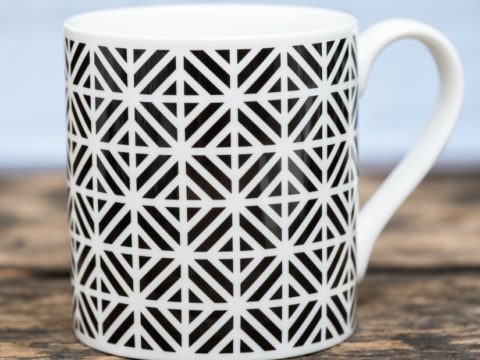Royal Splendour
Chapter 3 : Queen Margaret's Journey to Scotland
Some seventeen months after the proxy wedding, Margaret set out for Scotland. Her father was determined that she should make a grand show, as she processed from London, north through some of the most important towns in the kingdom, to Scotland. The following information is derived from Leland’s Collectanea, quoting the account of John Yonge, Somerset Herald, who was a member of Margaret’s retinue.
Having departed Richmond on 25th June, Margaret, accompanied by her father, arrived at Collyweston in Northamptonshire, which was the home of Margaret’s grandmother, the Countess of Richmond, in early July. On 8th, Margaret was obliged to take leave of Henry, who was obviously expecting to miss her, as he gave her a prayer book with a loving inscription.
She was accompanied for the first mile by the Marquis of Dorset, the Earl of Derby (her step-grandfather), and the Earl of Essex. The gentlemen then kissed her hand and left her to continue the journey, supervised by Thomas, Earl of Surrey, whose son, Lord Thomas Howard was married to Margaret’s aunt, Anne of York. Surrey was deputed to take her to Scotland, see her safely married and crowned and then return, whilst her permanent staff was to be headed by Sir Ralph Verney, and his wife Eleanor, nee Pole. Lady Verney was the sister of Sir Richard Pole, another member of Margaret’s retinue. Pole, who was the son of the Countess of Richmond’s half-sister, was one of Henry’s most confidential councillors, and husband of Margaret Plantagenet, the Queen’s cousin. Margaret was thus surrounded with close family and old friends.
As well as Surrey and Verney, and their wives, Margaret’s retinue included the Earl of Kent, the Bishop of Norwich and Lords Hastings, Strange and Willoughby.
Margaret, richly dressed, rode a palfrey, apparently pillion behind Sir Davy Owen. The elderly Sir Davy was the half-brother of Margaret’s long-dead grand-father, Edmund Tudor, and was a familiar face at court. The footmen surrounding the young queen wore jackets embroidered with the Beaufort Portcullis. As well as palfrey, Margaret had the services of a litter, for ceremonial entry into towns, and for when she was tired of riding. Behind the litter rode her ladies, then their gentlewoman.
A company of minstrels was included, for entertainment, and several trumpeters who announced her arrival at, and departure from, the various towns along the road. There were also officers-at-arms and sergeants-at-arms, carrying maces as a symbol of office.
Each morning, Margaret’s baggage, contained in coffers, painted green and white with the arms of England and Scotland, crowned roses and portcullises, left first, to ensure her lodgings were suitably furnished by the time of her arrival. Next came the luggage of the nobles, similarly painted with their coats of arms.
Margaret’s retinue went first from Collyweston to Grantham, a distance of around twenty-five miles. She was met about four miles outside the town walls by the Mayor and Aldermen who accompanied her to the College of the Franciscan Friars, located the west of the market place. She attended Lauds, the Bishop of Norwich giving her the cross to kiss. All the while, the town bells were ringing.
This pattern was repeated throughout her trip – the dignitaries of the town greeting her, attendance at a service, and then the burgesses riding out of the town with her for two or three miles the following day. With few inns on the roads at that time, the royal party would stay in abbeys, friaries, inns or the house of the most important local gentlemen. In Grantham, a Mr Hioll had the honour of welcoming the Queen of Scots – no doubt something he and Mrs Hioll dined out on for the rest of their lives.
Yonge’s account of the visit to Grantham is rather reminiscent of the feeding of the five thousand – apparently people came from all around, all bringing food and drink to share, and only wishing they could have provided better refreshments.
The 9th July being Sunday, Margaret remained in Grantham. Whilst Sunday travelling was not so frowned upon then as it was in later times, it was generally avoided.
On the 10th, they departed Grantham, accompanied for three miles by the burgesses of Grantham. Before these august gentlemen had taken their leave, the Sheriff of Lincolnshire, Sir Robert Dymock, had arrived, together with thirty mounted gentlemen and officers. They escorted her on to Newark-on-Trent. This was a slightly shorter stage, only about twenty miles.




